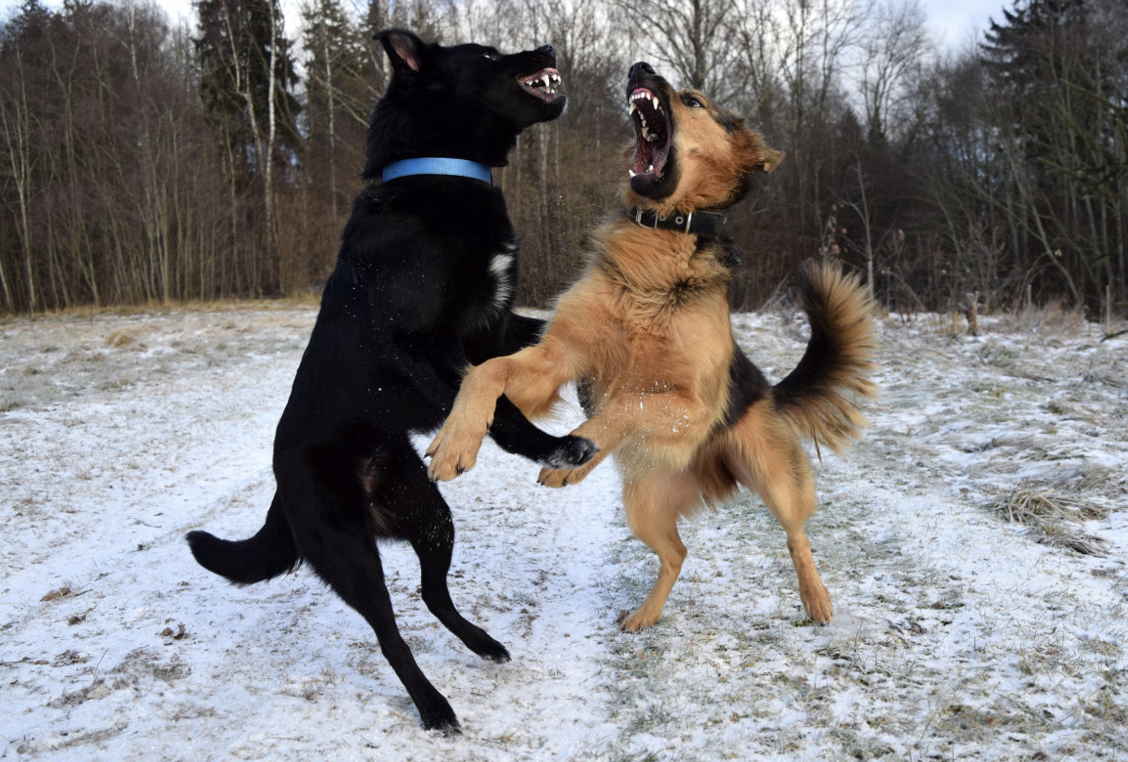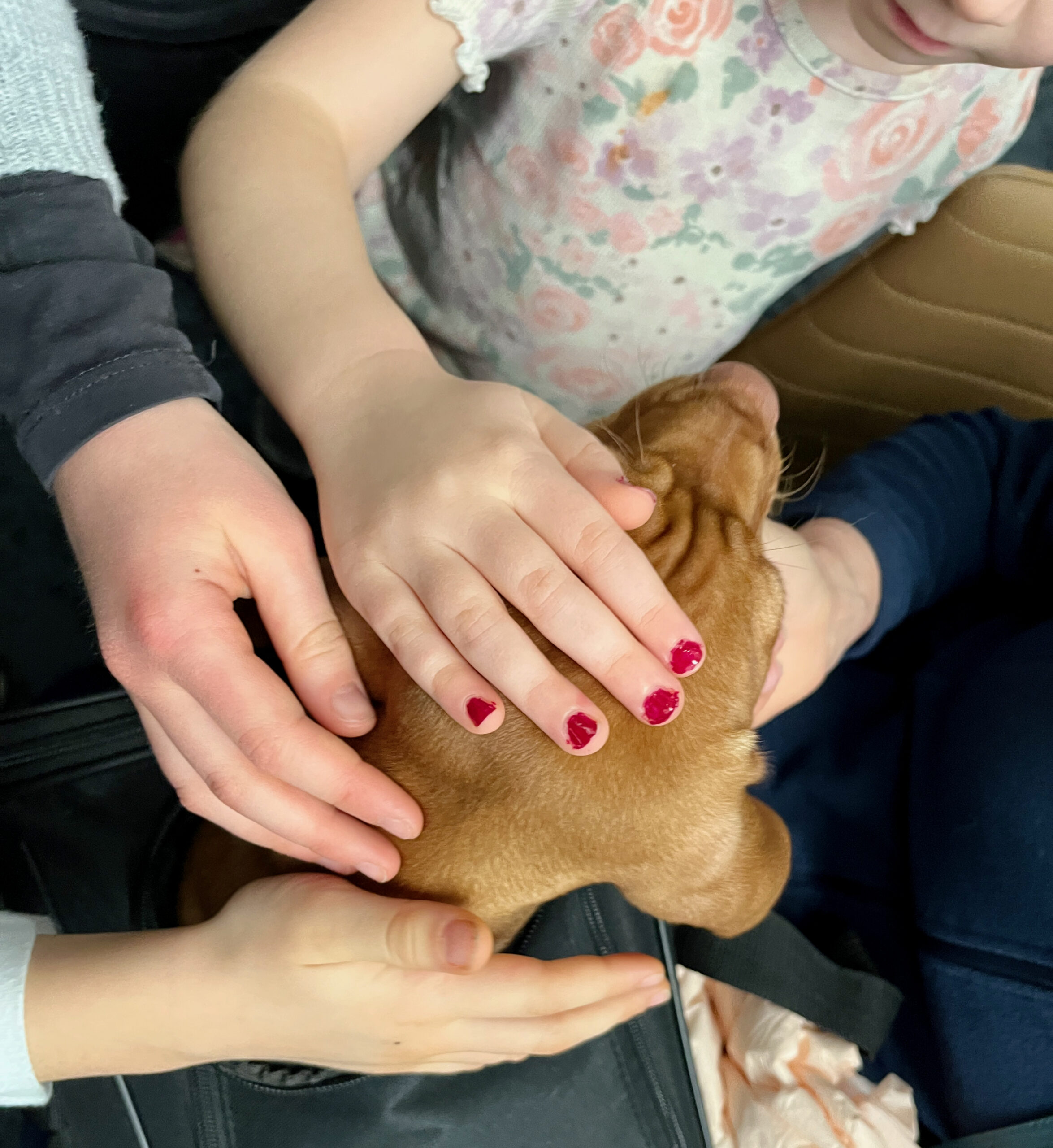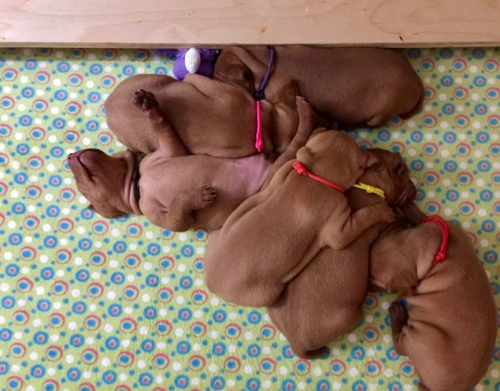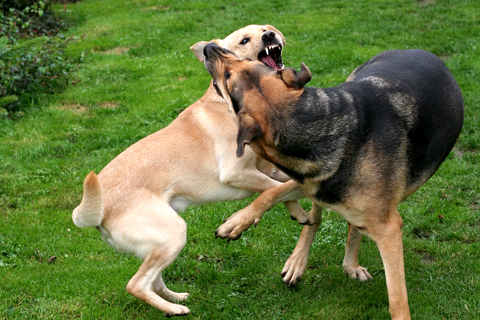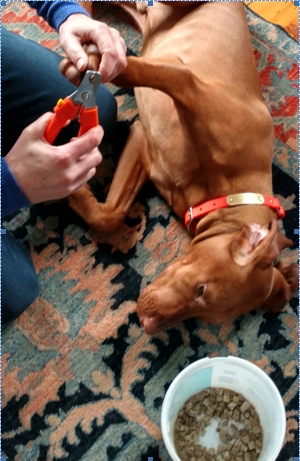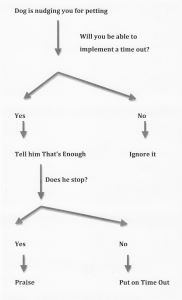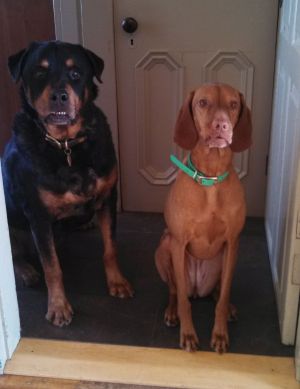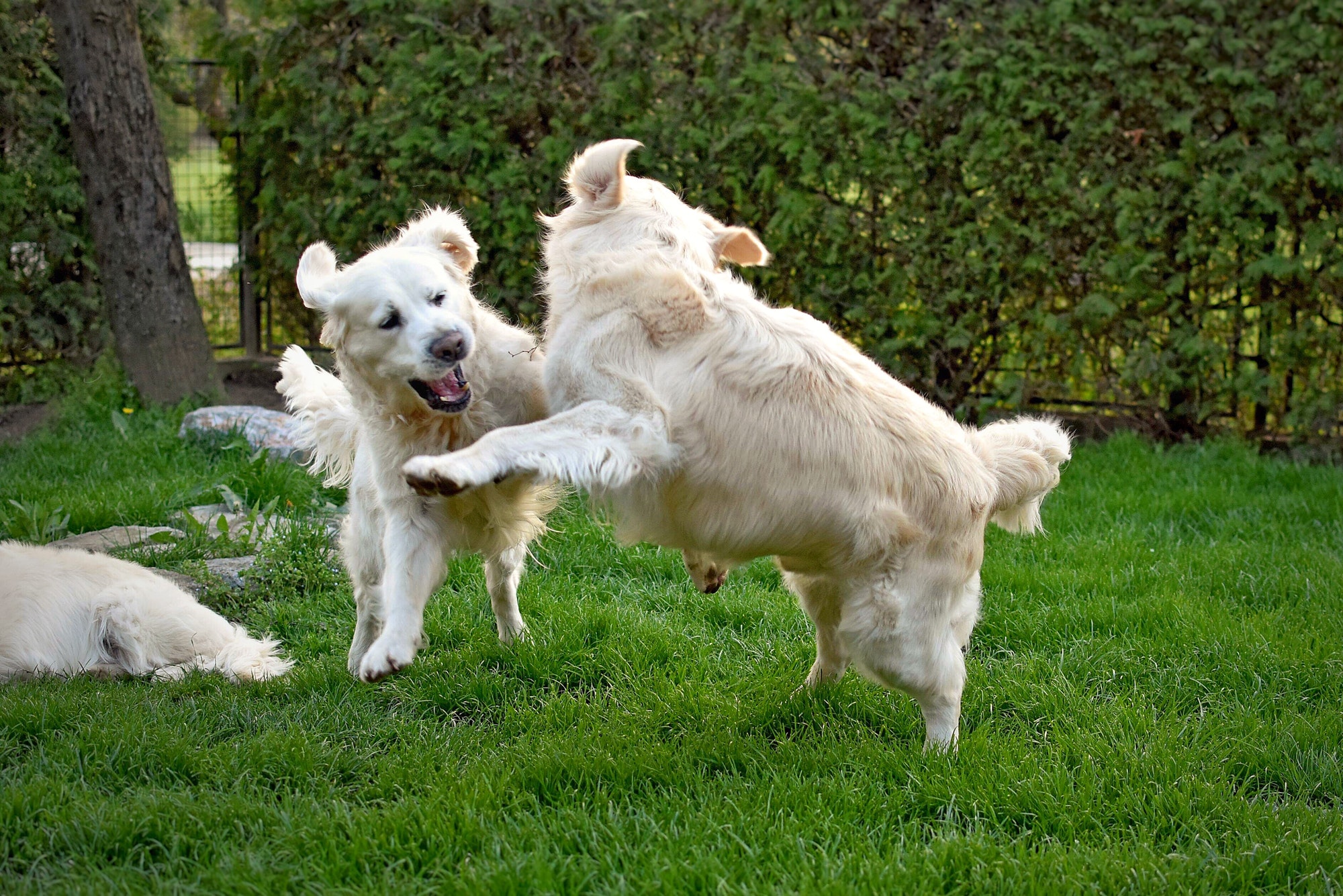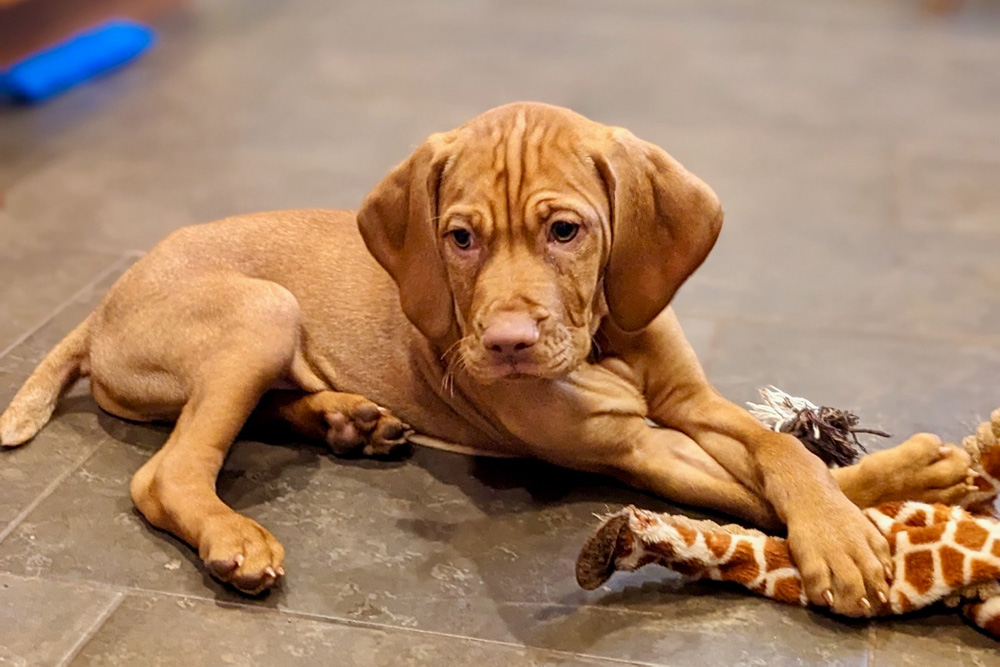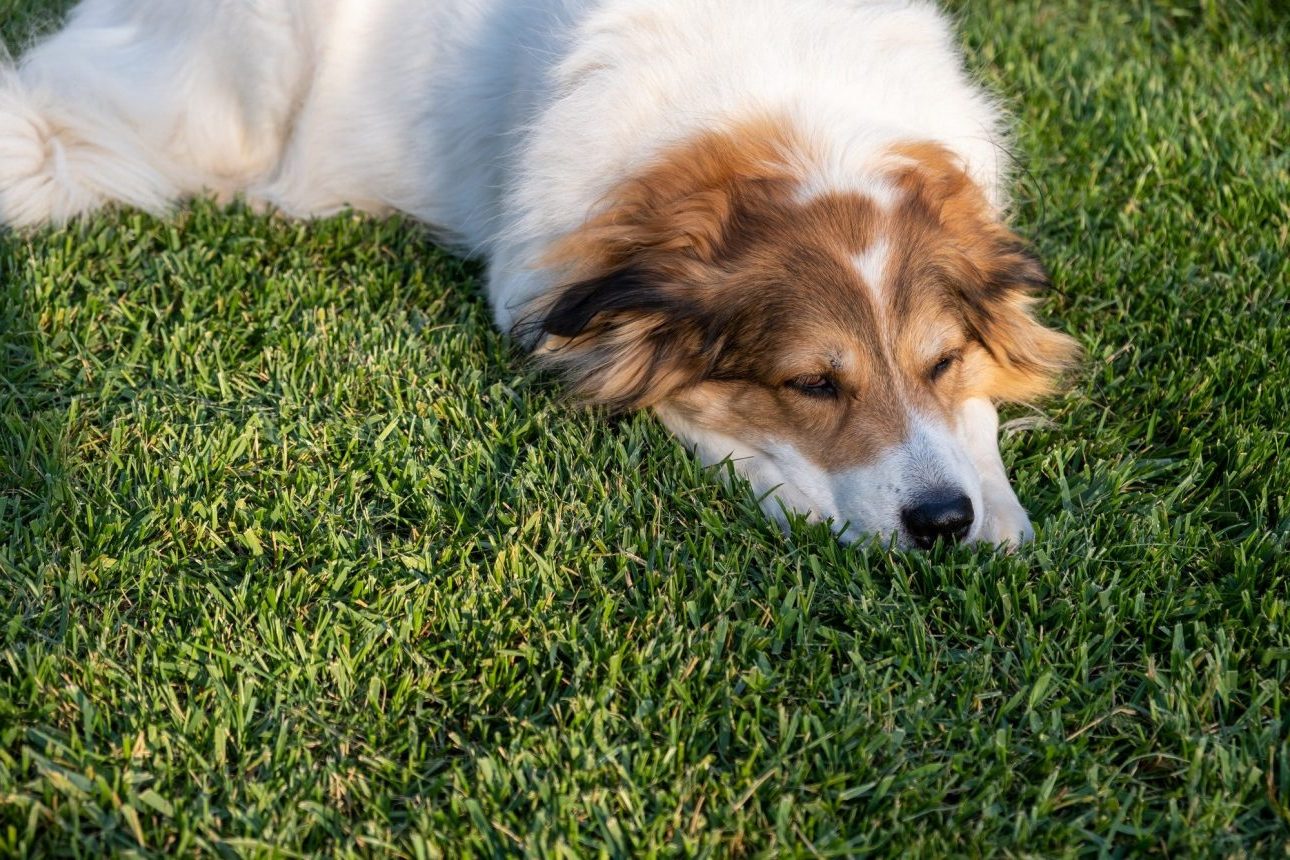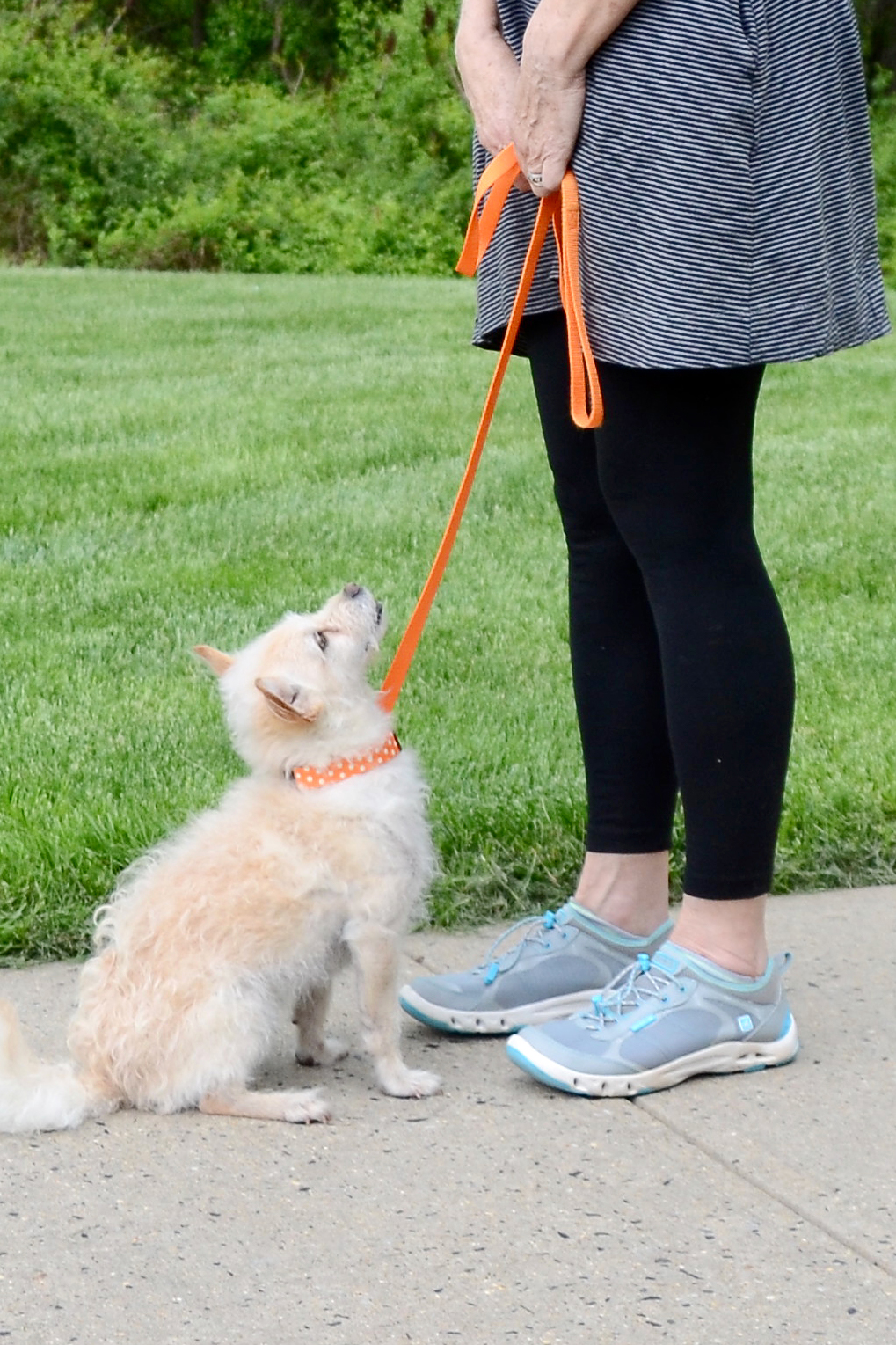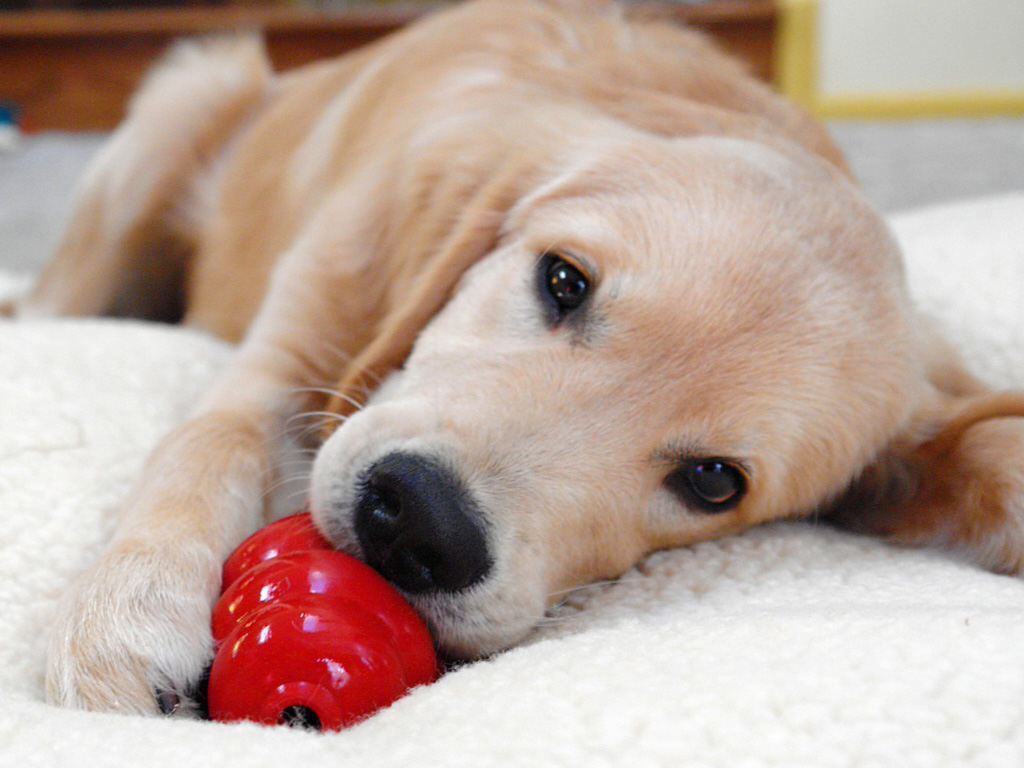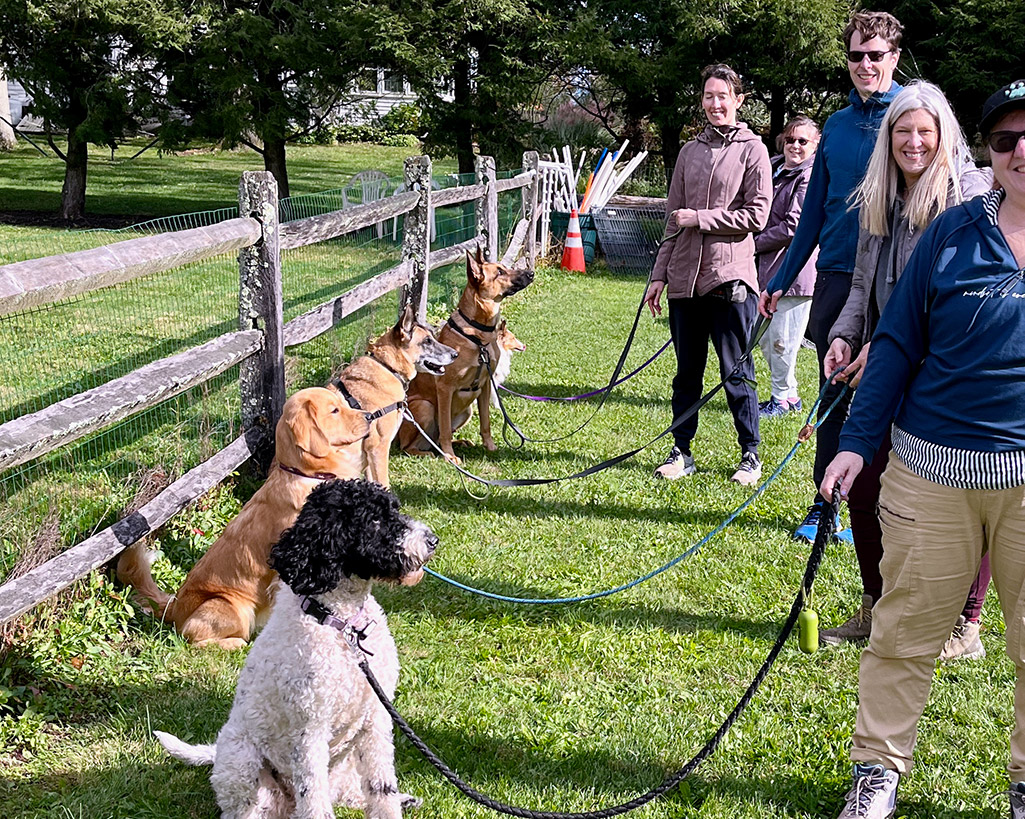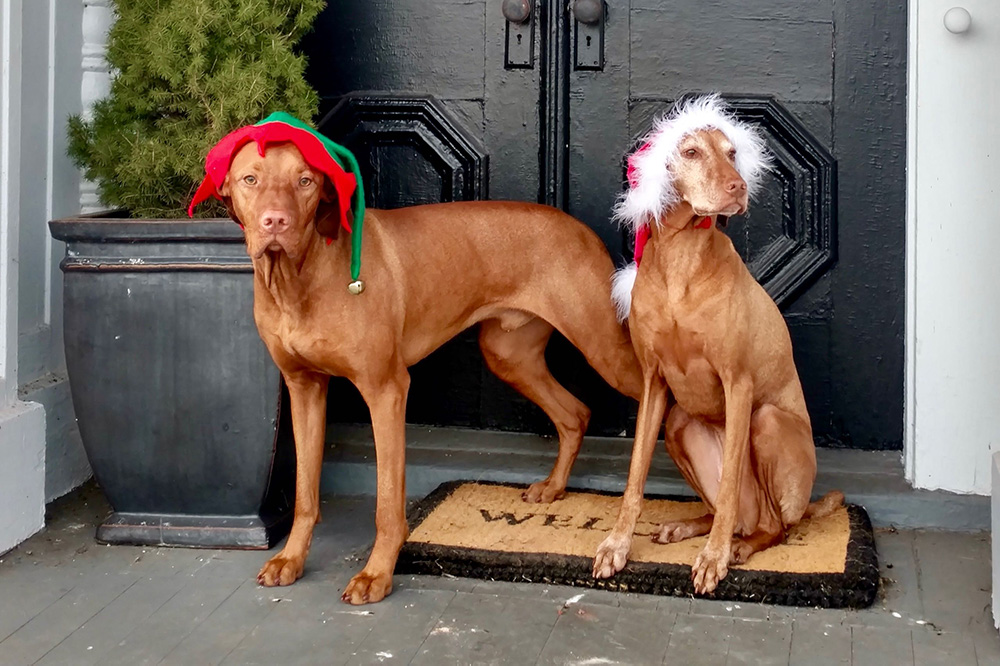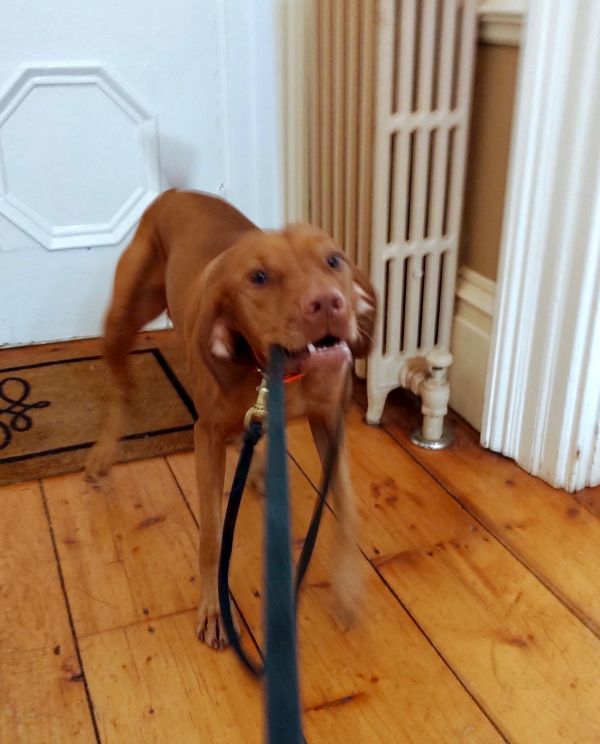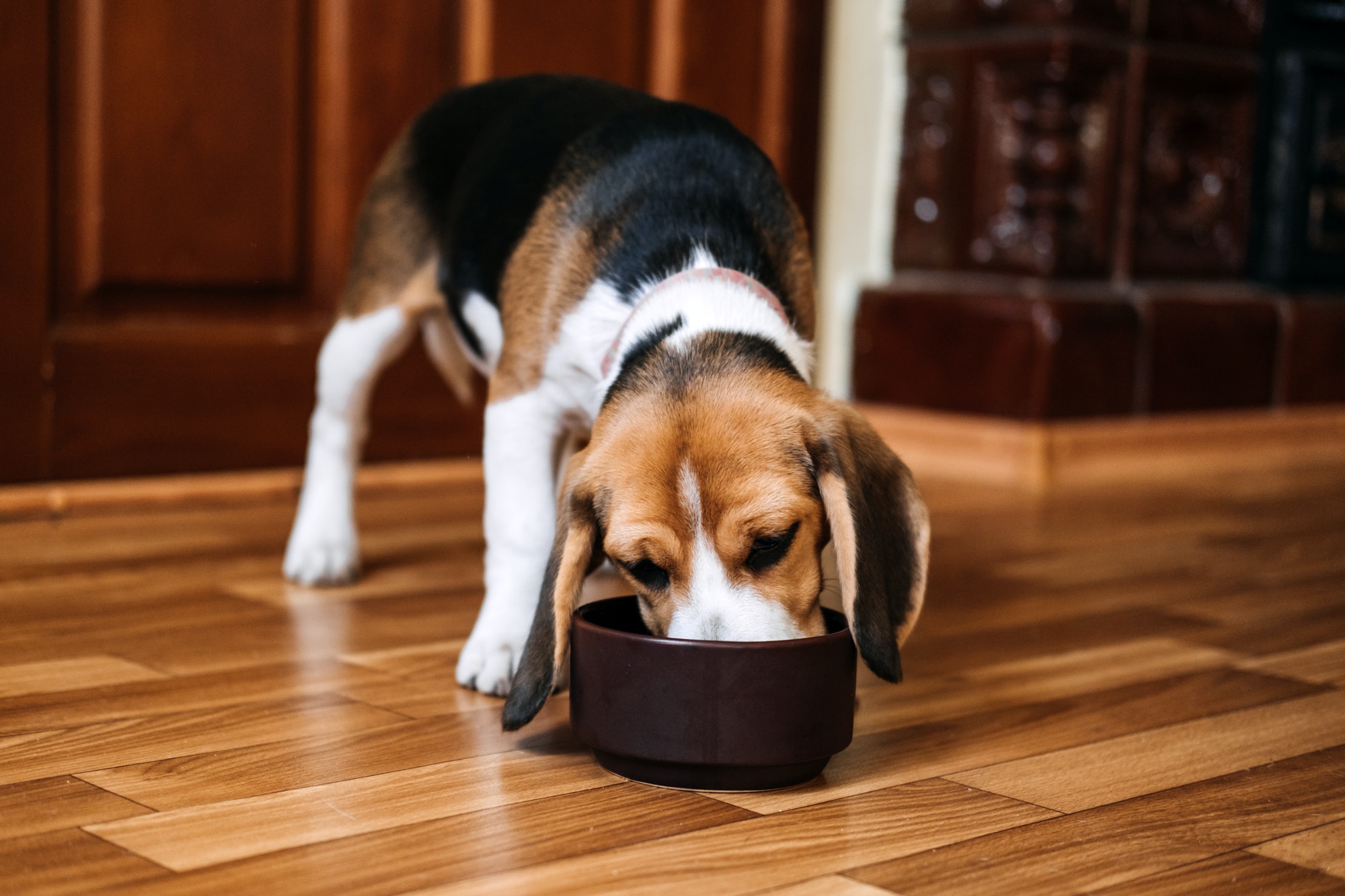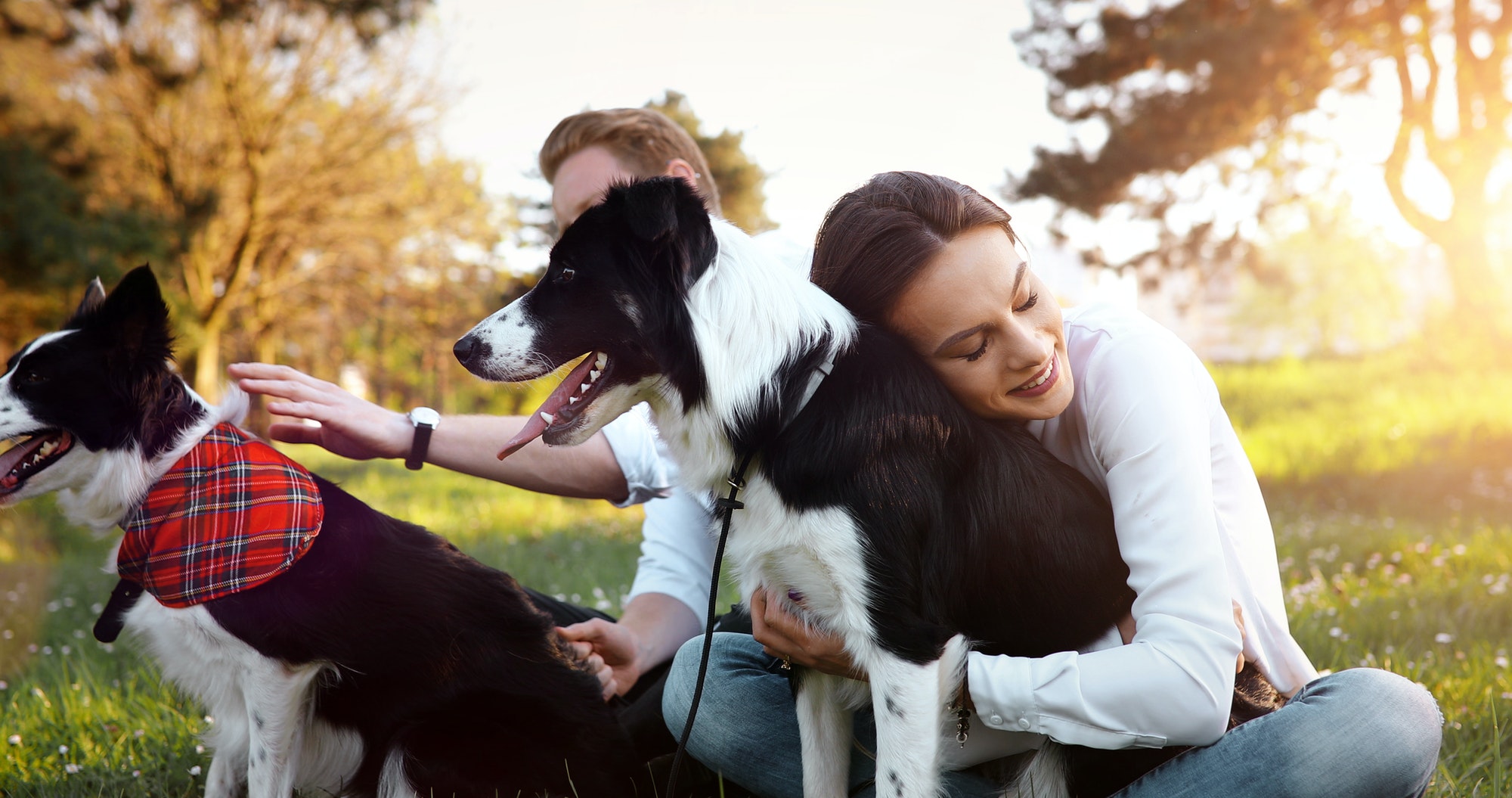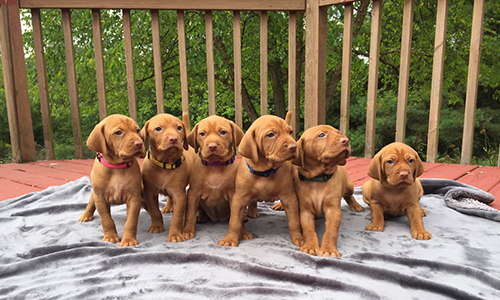Dog Training and Behavior Articles
Subscribe to our newsletter to receive helpful dog training tips, dog care information, upcoming obedience and agility class schedules, links to news stories, and some great dog pictures.
Latest News
The Canine Gut-Brain Connection| New Website | Retrieve
Latest Training Tips and Observations Along With Insights into What I’m Working on
Building Trust | Socializing with Children | Sniffspot | Wait!
Building Trust | Socializing with Children | Sniffspot | Wait! On Good Behavior
Togetherness Project | Welcome Wager | Inside
Togetherness Project | Welcome Wager | Inside On Good Behavior LLC Hello Again!
Training for Dogs, Coaching for People | New Puppy Scams
Training for Dogs, Coaching for People | New Puppy Scams On Good Behavior
But I Don’t Want My Dog To Be A Robot!
But I Don’t Want My Dog To Be A Robot! On Good Behavior
Shopping List For a New Puppy
Shopping List For a New Puppy On Good Behavior LLC My Vizsla, Cash,
What Should I Do When…..?
What Should I Do When…..? On Good Behavior LLC Many of the questions
Dogs Learning Words
Dogs Learning Words On Good Behavior LLC Word Associations:Learning Names vs Learning Commands "If
Toenail Trimming: From Terrible to Terrific!
Toenail Trimming: From Terrible to Terrific! On Good Behavior LLC I started out
Building Strong Behaviors is Like Building Strong Muscles: You’ve Gotta Do the Reps!
Building Strong Behaviors is Like Building Strong Muscles: You’ve Gotta Do the Reps! On
Is It Just A Stage? Behaviors Your Puppy Will Outgrow.
Is It Just A Stage? Behaviors Your Puppy Will Outgrow. On Good Behavior
That’s Enough: Teaching Your Exuberant Canine When Enough is Enough!
That’s Enough: Teaching Your Exuberant Canine When Enough is Enough! On Good Behavior
Keeping the Peace in a Multi-Dog Household
Keeping the Peace in a Multi-Dog Household On Good Behavior LLC I was teaching
Will Socialization Help Your Fearful or Reactive Dog?
Will Socialization Help Your Fearful or Reactive Dog? On Good Behavior LLC Dog
Preventing Aggression: Raising Your Puppy to be a Safe Dog
Preventing Aggression: Raising Your Puppy to be a Safe Dog On Good Behavior LLC
What is Safe at the Dog Park?
What is Safe at the Dog Park? On Good Behavior LLC I used
The Meaning of NO!…Using Punishment Correctly
The Meaning of NO!…Using Punishment Correctly On Good Behavior LLC Those of you
Thunder Phobia: Early Intervention Works!
Thunder Phobia: Early Intervention Works! On Good Behavior LLC The August that Flash
Teaching Your Dog (NOT!) to Raid the Garbage
Teaching Your Dog (NOT!) to Raid the Garbage On Good Behavior LLC You’ve
Can You Spoil Your Dog?
Can You Spoil Your Dog? On Good Behavior LLC There have been a
Attention, Please! Teaching “Watch”
Attention, Please! Teaching “Watch” On Good Behavior LLC Trainer and author Brenda Aloff says that
Winter Activities: Ways to Exercise Your Dog When It’s Cold Outside
Winter Activities: Ways to Exercise Your Dog When It’s Cold Outside On Good
Success Off-Leash
Success Off-Leash On Good Behavior LLC Here are some dos and don’ts to
Lures, Bribes and Rewards
Lures, Bribes and Rewards On Good Behavior LLC I love the simplicity of
Teaching Hide and Seek
Teaching Hide and Seek On Good Behavior LLC Hide and Seek is one
Turning Tug Into Fetch
Turning Tug Into Fetch On Good Behavior LLC Almost all puppies will play
